Consider the dressmaker.
His or her job, if you strip it down to its bare essence, is simple—to clothe. It’s a matter of how to clothe, and with what, that separates fashion from utility and allows the great designers a platform for creativity.
Thusly, it’s the duty of filmmakers like Peter Strickland (of Berberian Sound Studio renown) to entertain. Yes, there are certainly other endeavors to be found in filmmaking—to educate, to inspire, to endure. But in this case, we’re talking about a haunted dress.
And that’s what In Fabric is, to be sure: A movie about a haunted dress. But it’s less about the end result of the narrative threads (you know, people being haunted by a dress and such) and more about the materials being used. That’s how Strickland’s latest feature stands apart from the often coarse subgenre of haunted objects—by seamlessly blending arthouse atmosphere, offbeat humor, and horrific visuals.
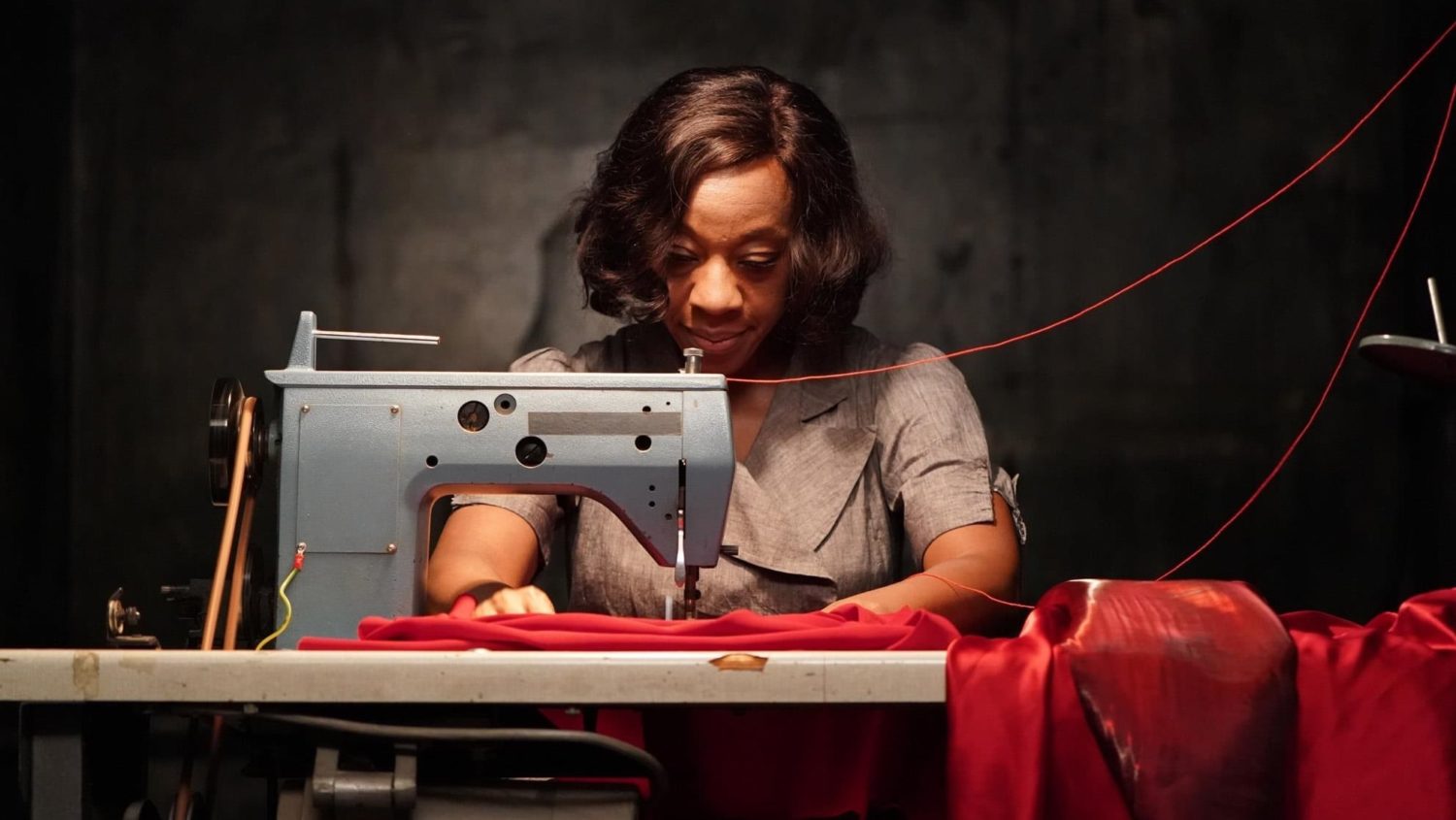
But the real star is the dress. A bright red dress of light fabric with a vexing black shape along the waistline that mysteriously conforms to its owner’s body type.
In Fabric takes place in early 90s London, although the production design would have you believe it’s two decades earlier. The narrative follows two loosely connected storylines: Sheila, a recently divorced single mother looking for love in the classifieds, and Reg Speaks, a washing machine repairman preparing to marry the only girl he’s ever been with.
But the real star, of course, is the dress (which is, again, haunted). And it is a beautiful dress, truly. A bright red dress of light fabric with a vexing black shape along the waistline that mysteriously conforms to its owner’s body type. And though it’s featured prominently in their catalogue, it’s the only one of its kind in a very particular department store.
Sheila comes to own the red dress when she (under lofty persuasion of a bewitching store clerk) purchases it to wear on a first date. Reg winds up in the dress when his mates buy it from a second-hand store and force him to wear it for his bachelor party. Others come in contact with the dress as well, including Gwen (female companion to Shelia’s son Vince) and Babs (Reg’s wife-to-be).
It’d be too revealing to delve further into the plot, specifically due to a bold narrative decision on the part of Strickland (who wrote as well as directed). But the plot is almost beside the point for a film such as In Fabric.
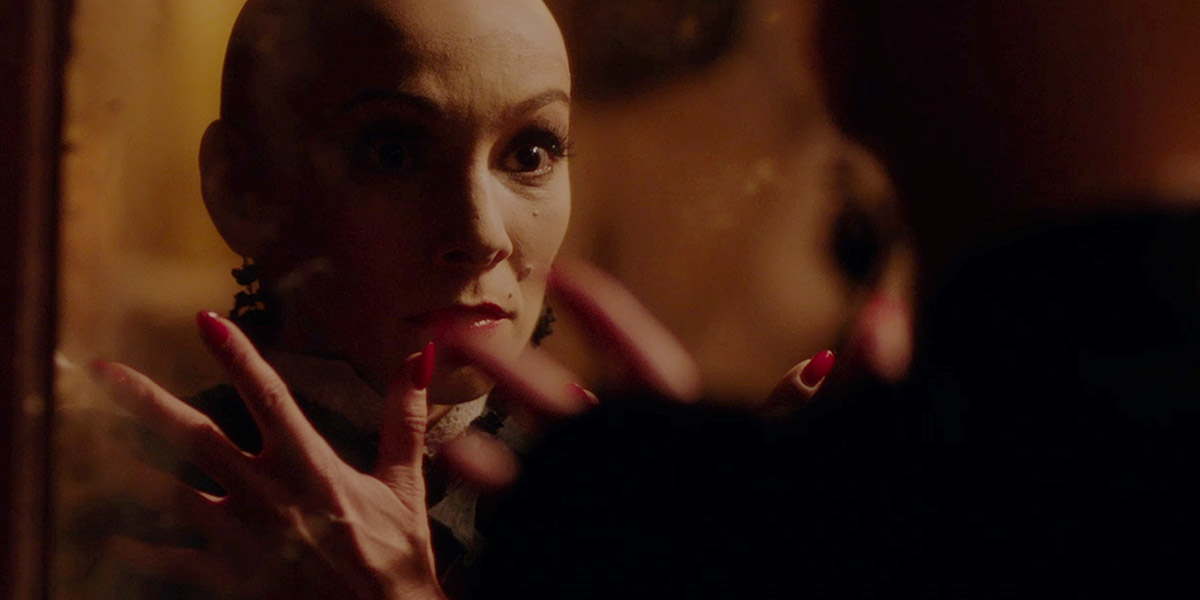
While there’s not too much in the way of special effects or gore here (after all, a dress cannot exactly wield a weapon), there’s some really affecting imagery.
It’s the surreal nature of the entire premise (and the world built around it) that allows the film to breathe and support its own weight. Somewhat absurd and very British, the jokes are more situational and askew than one-liners and gags—perhaps with the exception of a handful of interview scenes featuring Julian Barratt and Steve Oram, whom horror fans might recognize from A Dark Song, The Canal, and the early features of Ben Wheatley (who is an executive producer here).
While there’s not too much in the way of special effects or gore here (after all, a dress cannot exactly wield a weapon), there’s some really affecting imagery, from the retro department store commercials to the explosive final moments to one particularly transfixing scene with a malfunctioning washing machine.
In Fabric won’t be a perfect fit for some audiences, particularly those expecting belly laughs or cartoonish violence from a “horror comedy.” Or, well, anyone queuing up a haunted dress movie expecting something silly and unchallenging. It’s too smart for all of those things—and it’s this defiance of genre expectations that allowed Strickland to create something special.
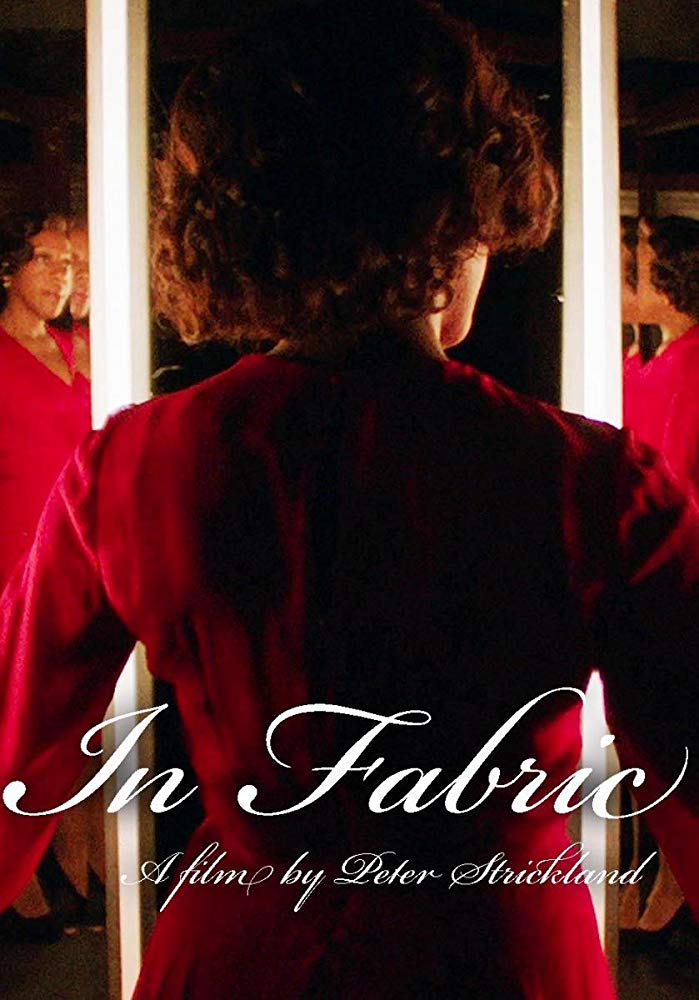
‘In Fabric’ Weaves Arthouse, Horror, and Comedy into a Colorful Tale [CFF Review]
Boutique
British writer/director Peter Strickland weaves striking visuals with offbeat humor to craft a top-shelf film experience—and another genre hit for A24.

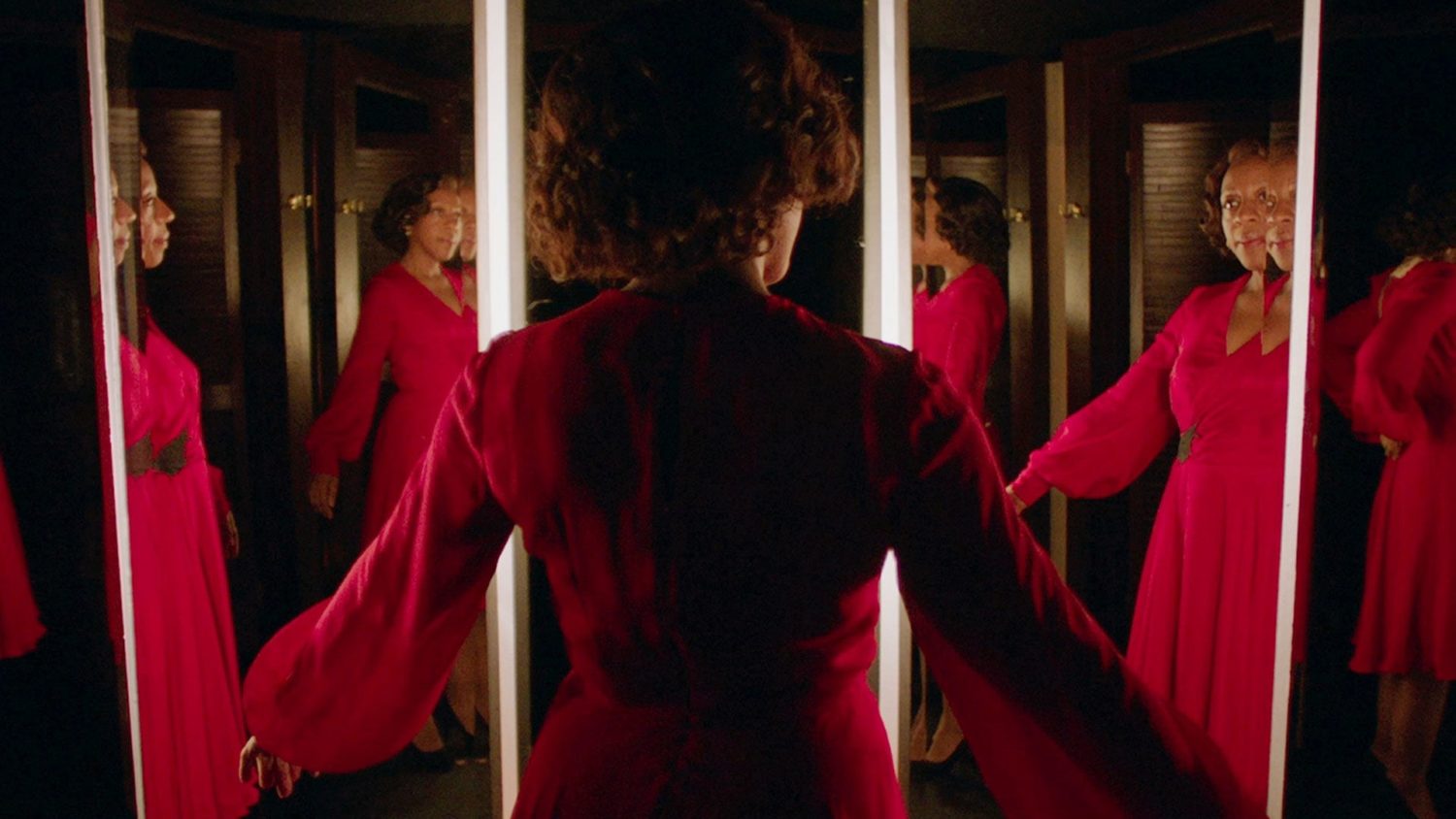

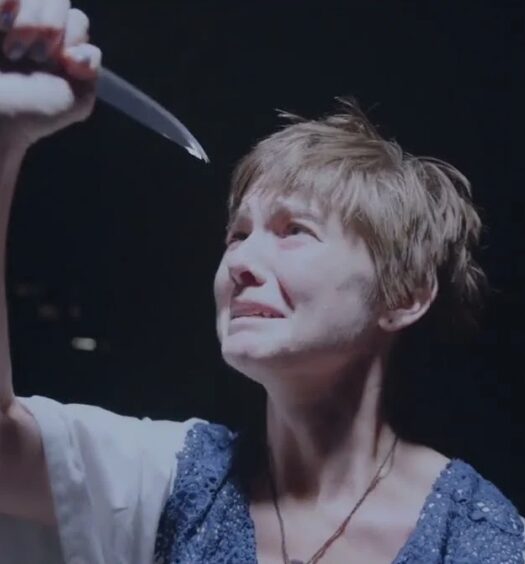




























April 28, 2020
[…] year’s festival included noteworthy horror and horror-adjacent titles like In Fabric, Harpoon, I Trapped The Devil, Freaks, The Dead Center, and Body At Brighton Rock. Special guests […]